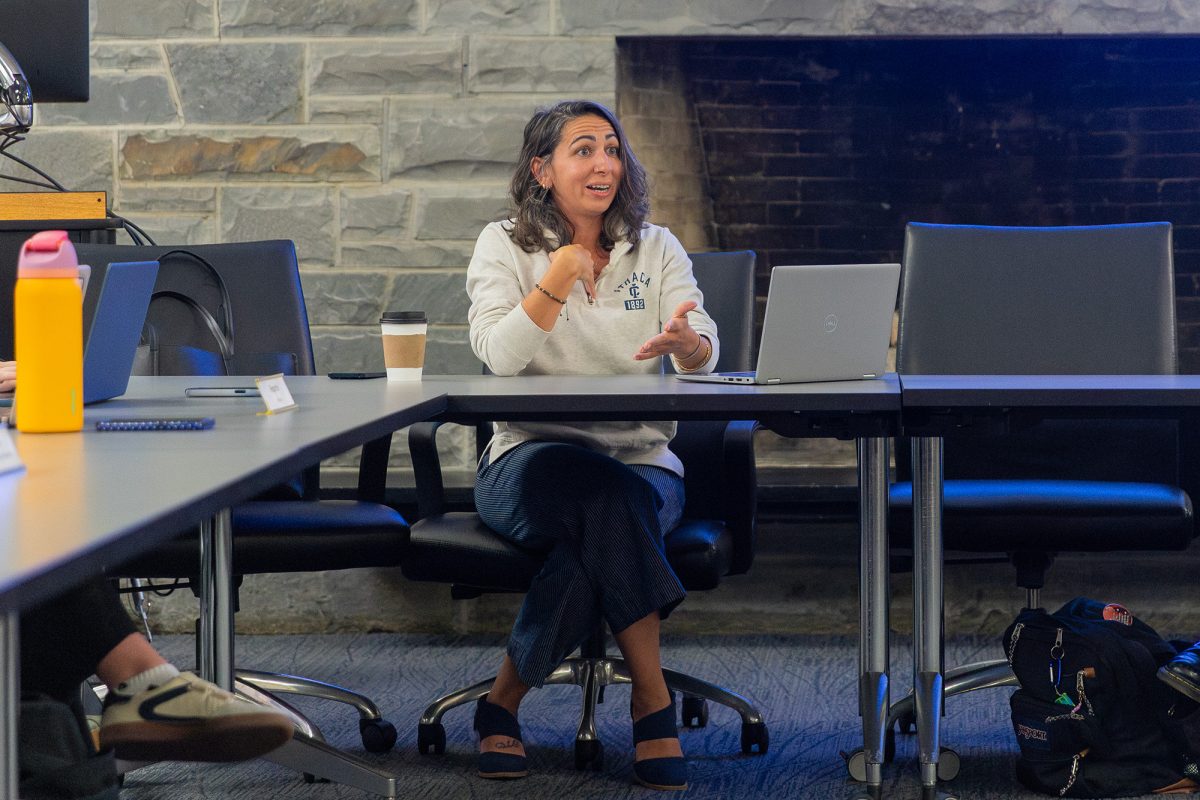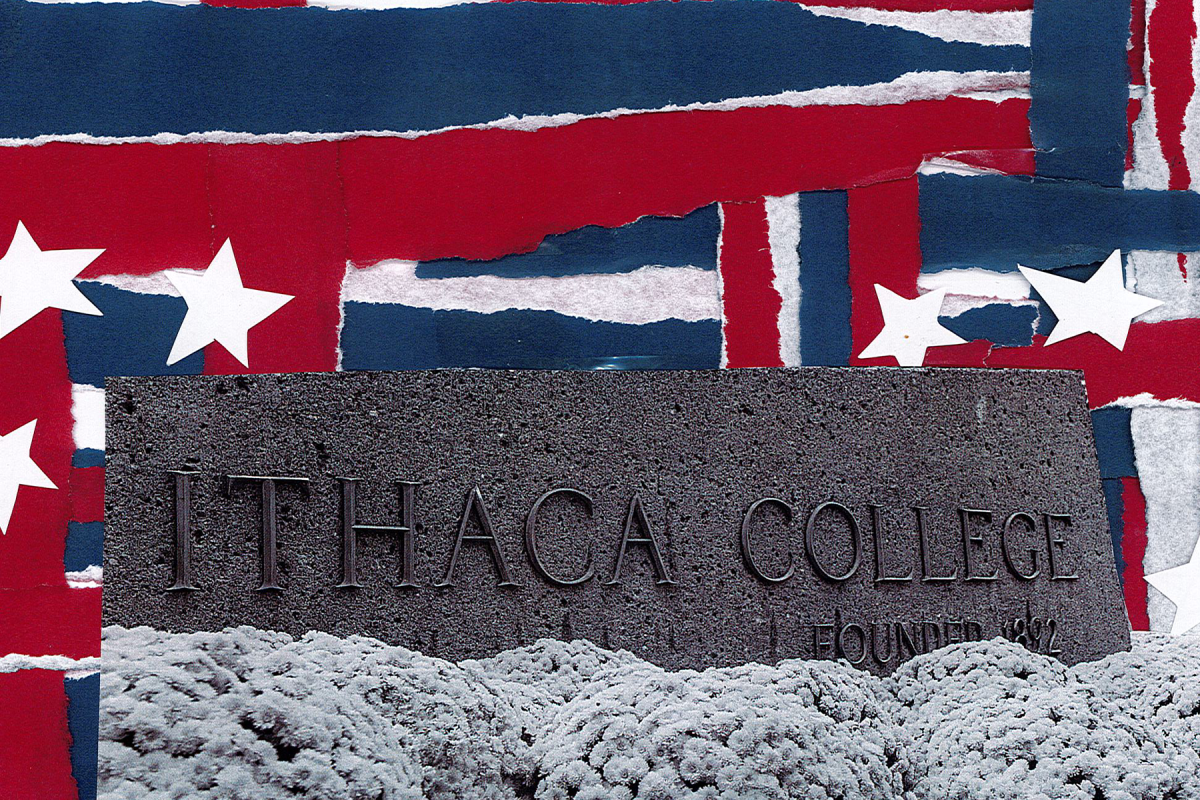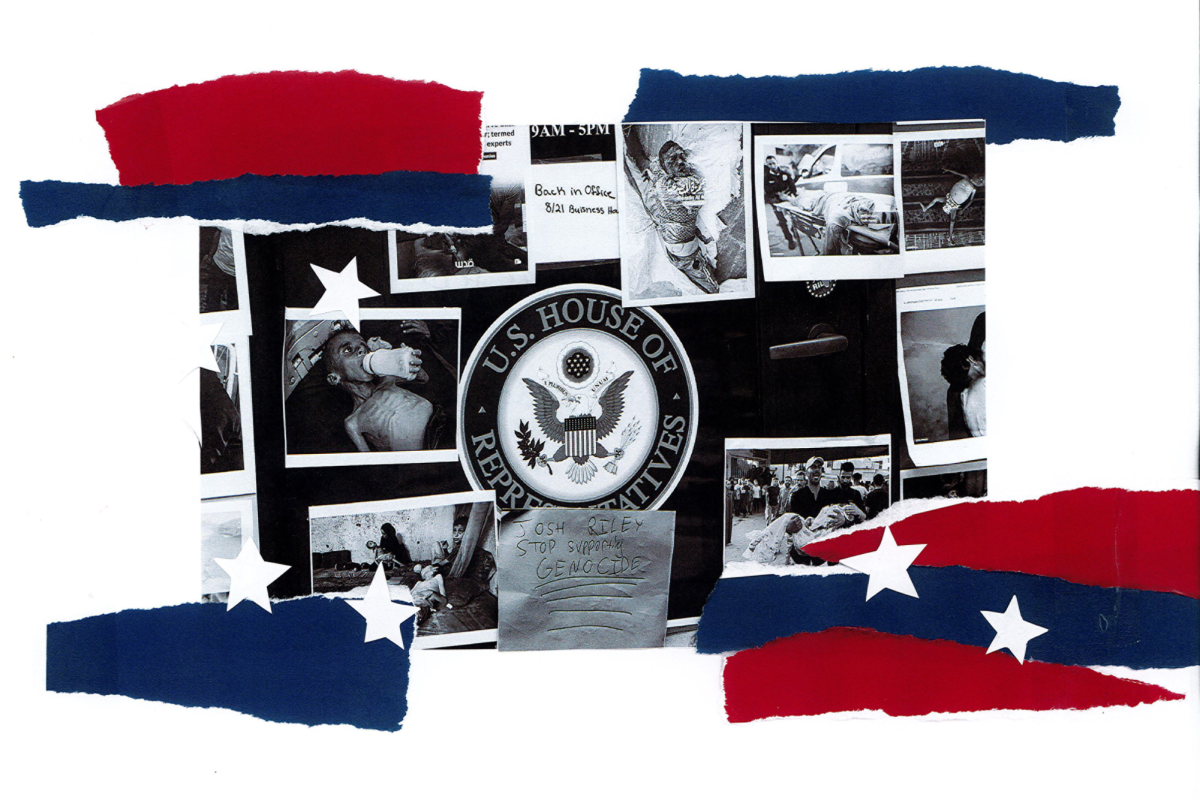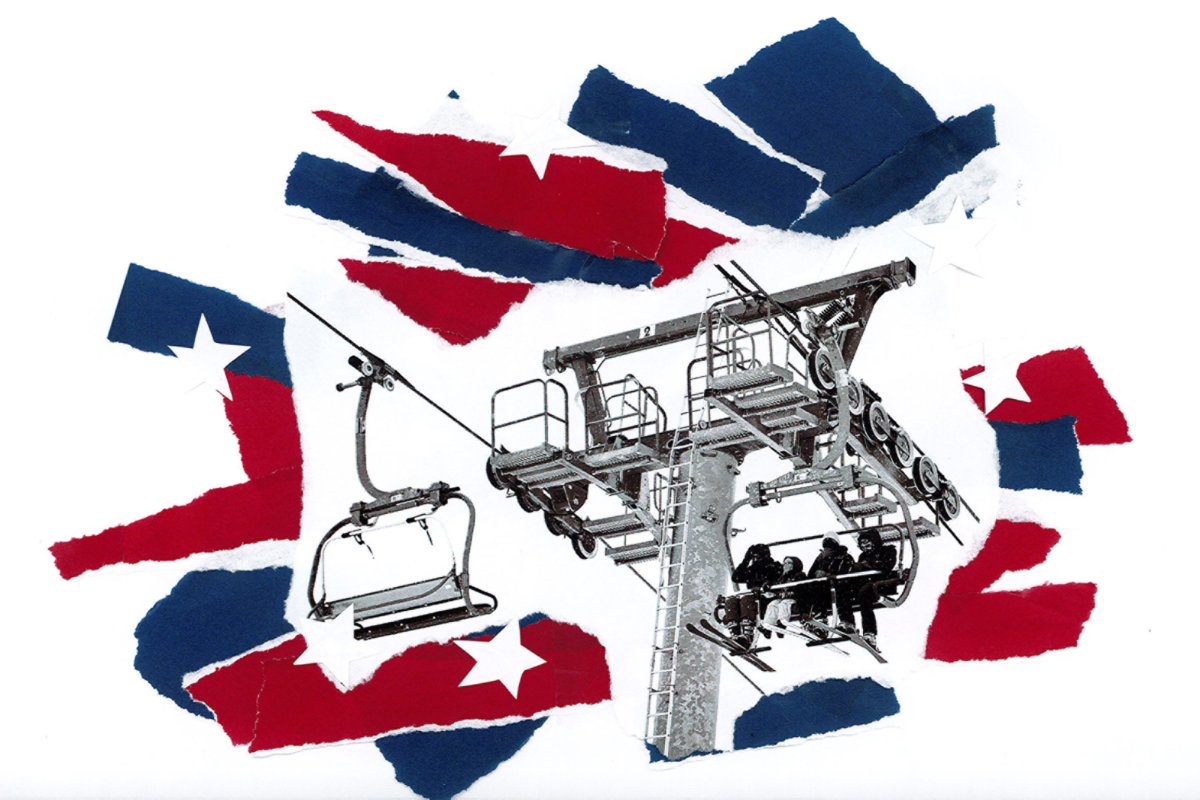Members of the Ithaca College community have joined forces to try and stop the spread of Japanese stilt grass, an invasive plant species that arrived on the college’s campus four years ago.
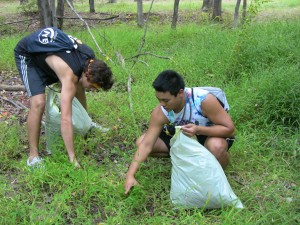
Students and faculty gathered near South Hill Natural Area to pull the grass Sept. 18 and 25, in hopes of combating the growing population of the grass.
According to the Department of Agriculture invasive species list, Japanese stilt grass, also called Chinese Packing Grass, is native to Eastern Asia. The grass, which was used as packing material in shipments from China, was introduced to the U.S. in 1919. Since that time it has disturbed ecosystems, out-competing with forests and causing problems for wildlife.
Leann Kanda, assistant professor of biology and member of the Natural Land Committee, is spearheading the Japanese stilt grass pull. Kanda said the grass largely appears along human paths.
“How it got here we don’t really know,” Kanda said. “It could have been on the bottom of somebody shoe who had been hiking farther south through a stilt grass patch and then went for a hike on South Hill.”
South Hill and Six Mile Creek are the only areas in Ithaca where the grass has been detected.
Kanda said that this species has the potential to do huge ecological harm.
“It is a species that is very successful at out-competing our native forest understory,” Kanda said. “It has a very rapid growth rate. In the course of the four years that is has been here we have seen rapid expansion.”
Sophomore Amber Zadrozny, an intern for the Ithaca College Natural Land Volunteer Stewards Program said the grass has also affected small mammal population in the area.
“The grassy area creates a habitat for small rodents,” Zadrozny said. “They really like it. Their population expands. These rodents and small animals eat bird’s eggs. So this affects the birds. It creates this chain reaction.Ecosystems are all interconnected. You wouldn’t think that a grass affects birds but it does.
Kanda said the best way to try and combat the Japanese stilt grass is to remove it by hand. She said pulling the grass by hand is much more effective and less dangerous to the native forest than pesticides.
Since the grass is an annual — a plant with a life cycle of only one year — it will have to be pulled before the plant germinates at least once a year.
“[The grass’ seeds] can stay in the soil dormant five to seven years,” Kanda said. “If we managed to pull every single plant this year, for the next couple of years we will be pulling new plants out each year.”
The South Hill Natural Area is the concern of the college’s Natural Lands Volunteer Stewards Program. The program assigns parcels of land to stewards. Stewards can be students, faculty or staff members. Stewards walk through their parcel at least once a week to look for any changes. At the end of each month, they file a report of any changes in the ecosystem.
Zadrozny said stopping the invasive species helps the land and gives her a sense of accomplishment.
“I feel like I am doing something,” Zadrozny said. “Something beyond the class room, actually going out and helping to preserve an ecosystem.”



